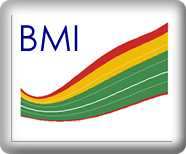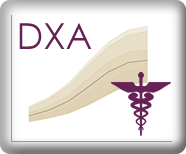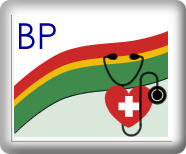The Body Composition Laboratory at the Children's Nutrition Research Center (CNRC) in Houston, Texas, is the only laboratory of its type in the nation that can provide a complete complement of body composition measurements in all populations ranging from low-birth-weight infants to adults. High-precision instruments measure total body levels of body water, mineral, protein, and fat.
Why measure body composition? Knowing more about an individual's body composition is important when studying nutrition, growth, and disease. See why body composition techniques are useful in health applications. Also, tap into our comparison database for more meaningful interpretations of certain bodycomp measurements (registered users only). Click here to proceed directly to the comparison database entry page.
Please note that our original comparison database, while still available, will be removed in the future. It has been replaced by the new reference database, which may be accessed using the links below.
Tools - Body Mass Index (BMI) and DXA bone density calculators, based on data from the National Health and Nutrition Examination Survey (NHANES), are available to help interpret weight and bone mineral data in children. The Blood Pressure (BP) calculator, based on the childhood BP database
to which new NHANES data have been added, can be used to evaluate pediatric hypertension. Please note the DXA and BP calculators are intended for use by medical professionals.
Maintained by the National High Blood Pressure Education Program Working Group on High Blood Pressure in Children and Adolescents
Body Composition Calculators
Explore the techniques section and learn about the different procedures used to measure body composition. A variety of instruments capable of quantifying specific body compartments employ well established scientific principles as well as new design ideas.
The laboratory has sophisticated devices that evaluate body composition by measuring radiation. Review the section on Radiation Information to learn about radiation and how it's used. This section is organized as a tutorial, leading you through a sequence of pages that cover the topic from start to finish.
For more information contact:
Director, Body Composition Laboratory: Roman J. Shypailo. shypailo@bcm.edu
USDA/ARS Children's Nutrition Research Center
1100 Bates Street, Houston, Texas 77030
© Copyright 2000-2020 Baylor College of Medicine. All Rights Reserved.


